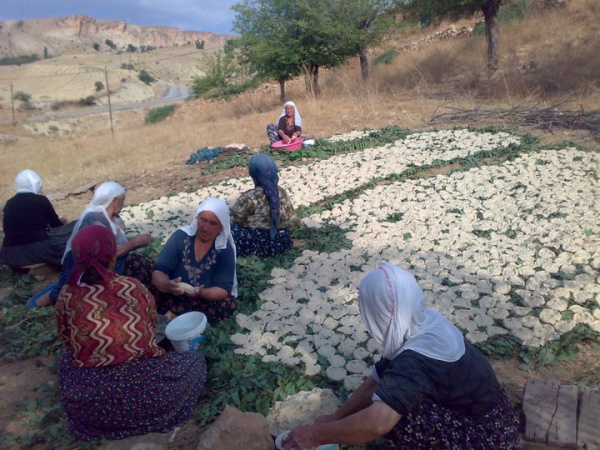Facts About Kashk
Kashk is a versatile dairy product enjoyed in many cuisines, including Iranian, Turkish, Mongolian, Central Asian, Transcaucasian, and Levantine. It’s made from drained yogurt or sour milk, which is then formed and dried into various shapes such as balls, strips, or chunks. There are three main types of Kashk: those based on curdled milk products, those made from barley broth, bread, or flour, and those combining cereals with curdled milk.
To make Kashk, you ferment grain mixed with sour milk or yogurt, or create a separate product from dried buttermilk. Kashk has a long shelf life and is often used to thicken soups, stews, and various dishes, such as the Persian eggplant dish kashk e bademjan. The term "Kashk" is used across many languages and cultures, including those in Afghanistan, Iran, Iraq, Syria, Egypt, the Caucasus, and Turkey, with preparation methods and names differing by region.
In regional cuisines, Kashk has a variety of uses. In the Caucasus, it appears in dishes like mats'oni in Georgia and chortan in Armenia. In Central Asia, it is a key ingredient in dishes like qurutob in Tajikistan. In Iran, Kashk features prominently in traditional Persian and Kurdish cuisine. In Turkey, it is known as keş peyniri and is used in various regional dishes. In the Levant and Arabian Peninsula, similar products like kishk are made from burghul fermented with milk and yogurt.
The preparation of Kashk varies by region, typically involving fermenting yogurt or milk, straining, and drying the curds. This dairy product adds a unique flavor and texture to a wide range of dishes across different cuisines.

 Iran
Iran